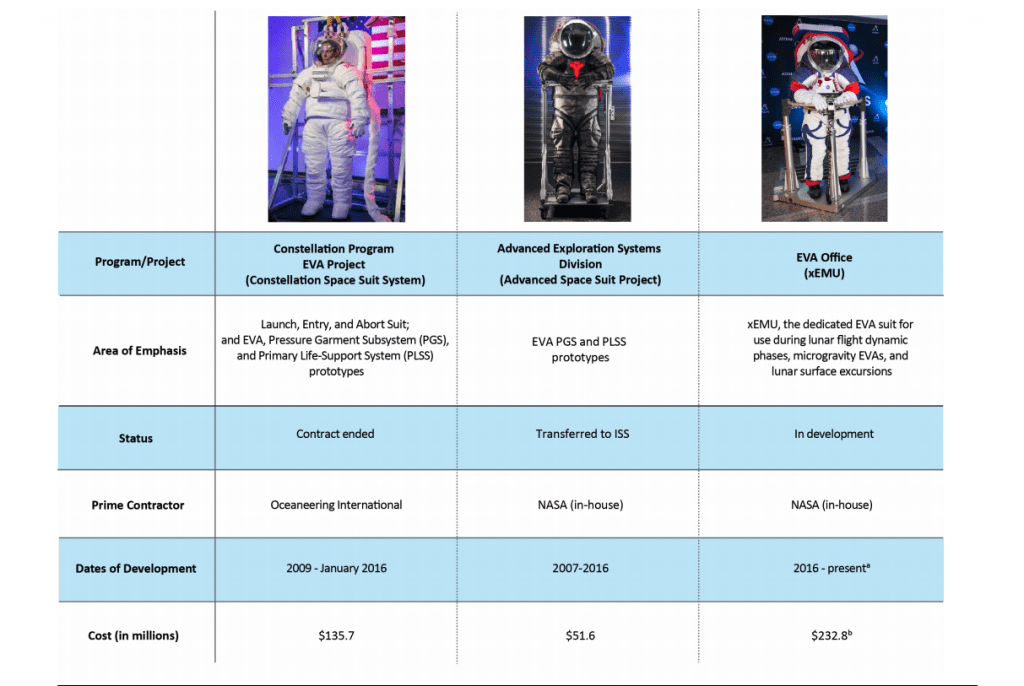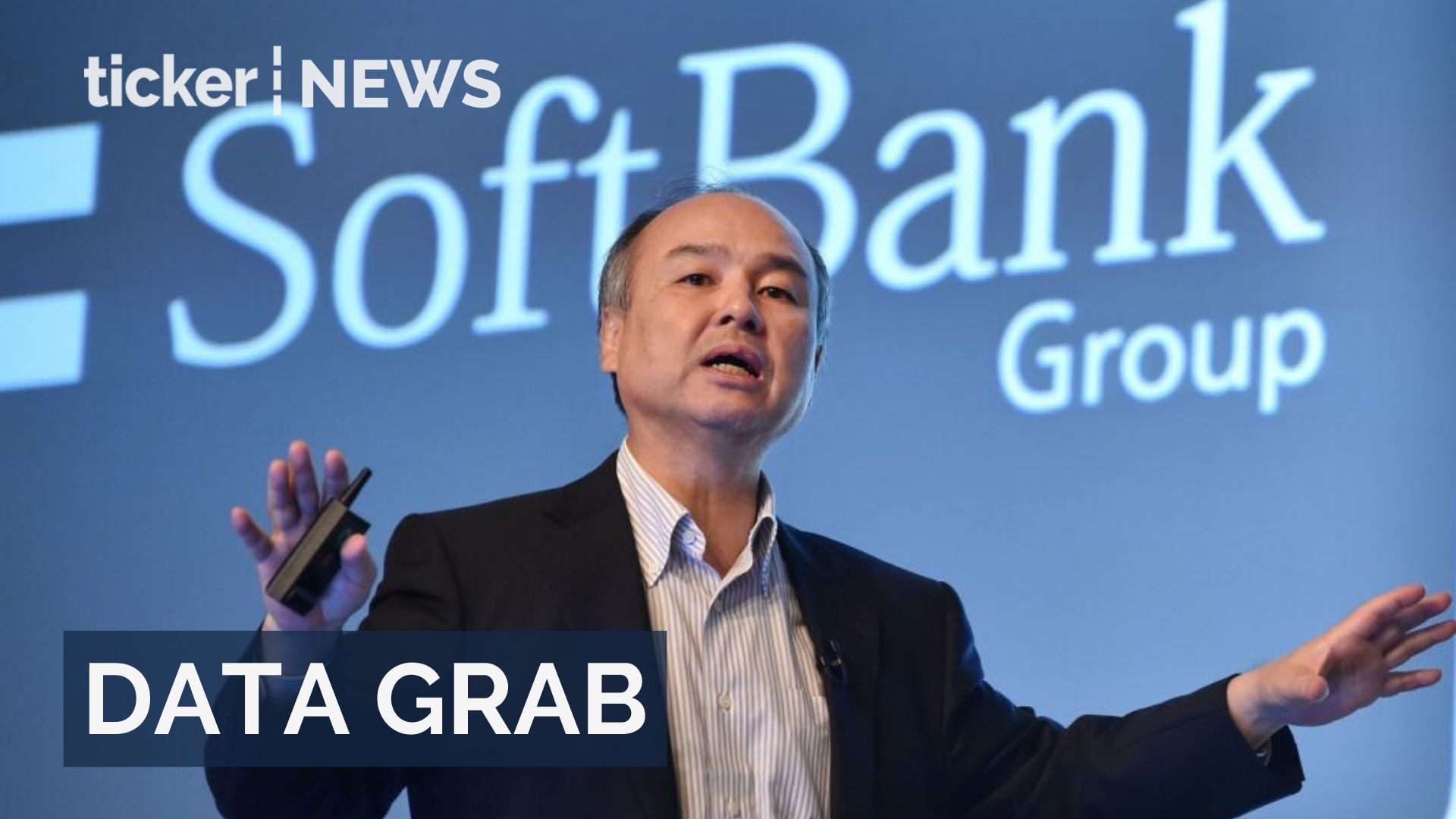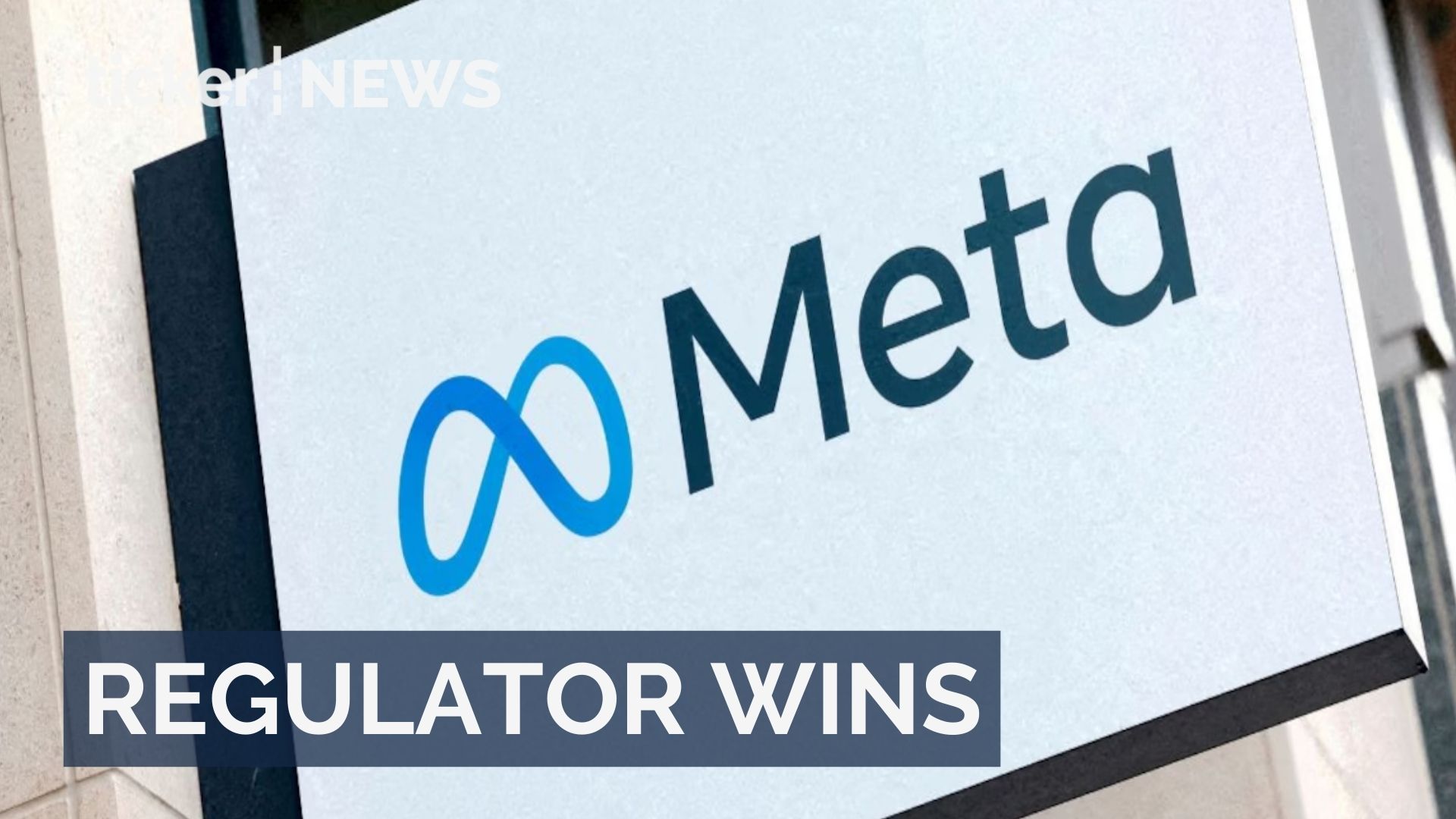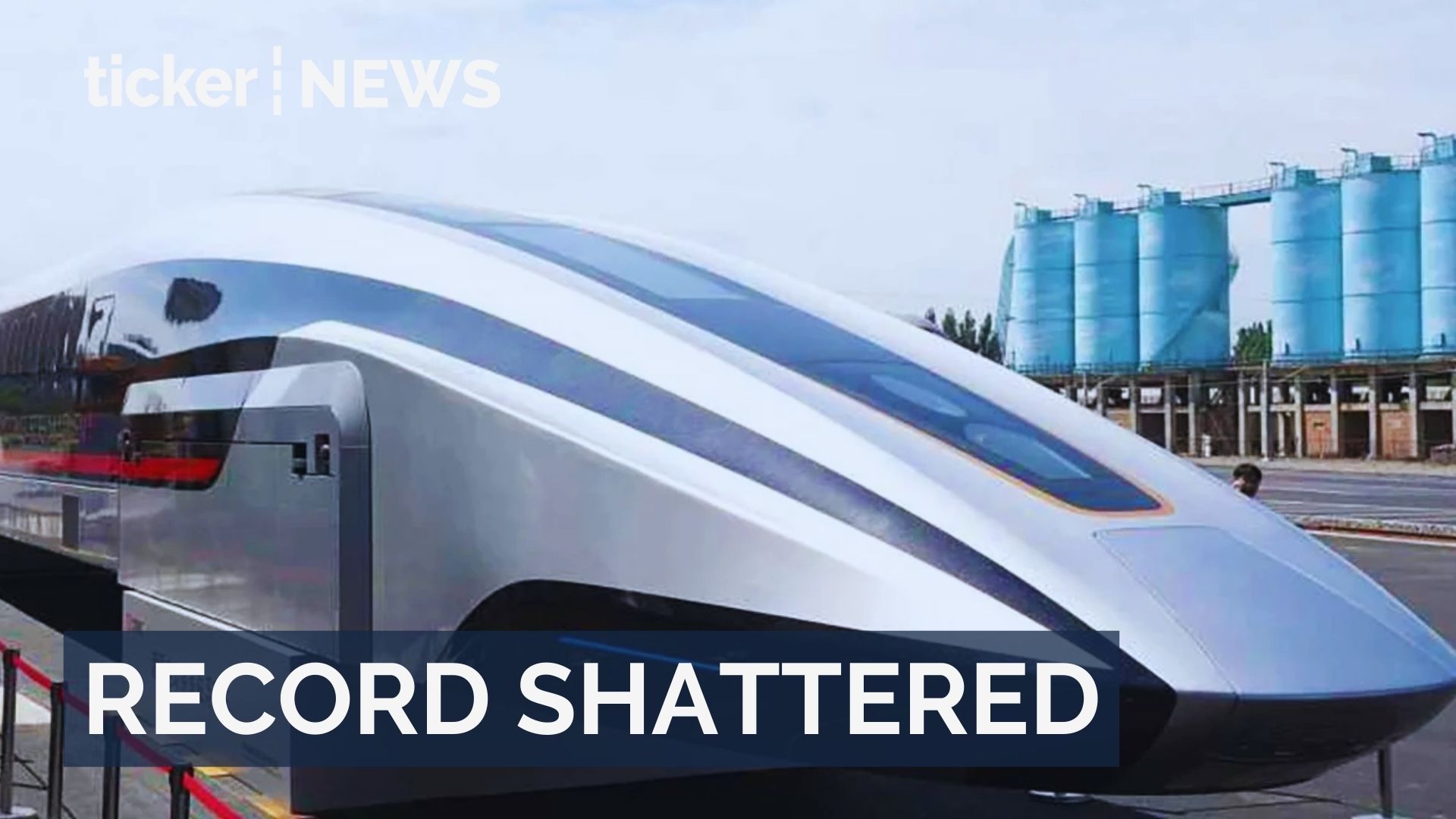Tech
Elon Musk offers for SpaceX to make NASA’s next-gen spacesuits
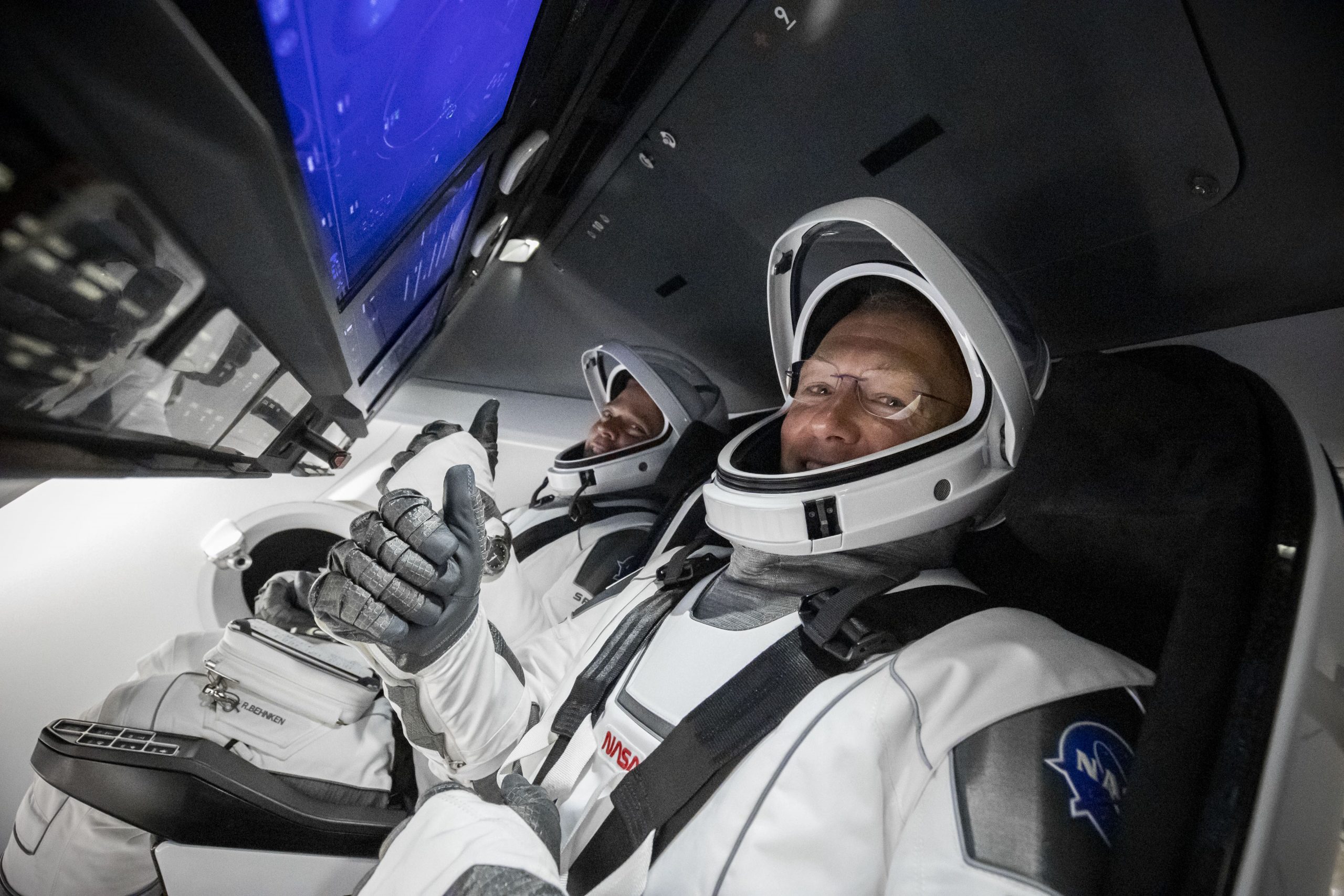
Tech
SoftBank plans acquisition of DigitalBridge for AI expansion
SoftBank advances towards acquiring DigitalBridge to boost AI infrastructure amid soaring global data center demand
Tech
Italy orders Meta to open WhatsApp to AI competitors
Italy orders Meta to allow rival AI chatbots on WhatsApp amid regulatory battle over market dominance
Tech
China’s maglev breakthrough hits 700 km/h in seconds, reshaping the future of transport
China sets world record with maglev train hitting 700 km/h in just two seconds, revolutionising ultra-high-speed transport
-



 Tech4 days ago
Tech4 days agoItaly orders Meta to open WhatsApp to AI competitors
-

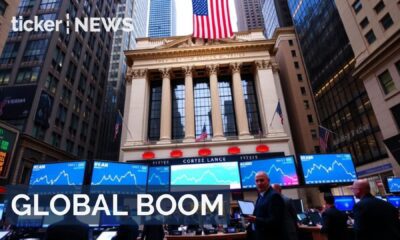

 Money3 days ago
Money3 days agoGlobal stocks rise to record highs in 2025
-

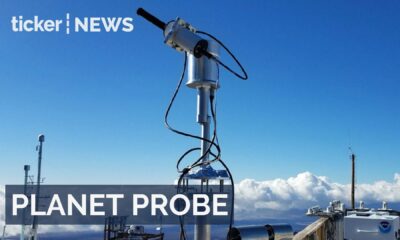

 News3 days ago
News3 days agoNASA’s Pandora satellite set to search for alien life
-



 Tech3 days ago
Tech3 days agoSoftBank plans acquisition of DigitalBridge for AI expansion
-



 Politics4 days ago
Politics4 days agoNigeria disputes Trump’s genocide claims amid airstrikes
-



 News2 days ago
News2 days agoIran’s currency collapse sparks mass protests as inflation spirals
-



 News2 days ago
News2 days agoCIA launches first drone strike in Venezuela
-



 News3 days ago
News3 days agoTrump and Zelenskyy progress on Ukraine peace plan



